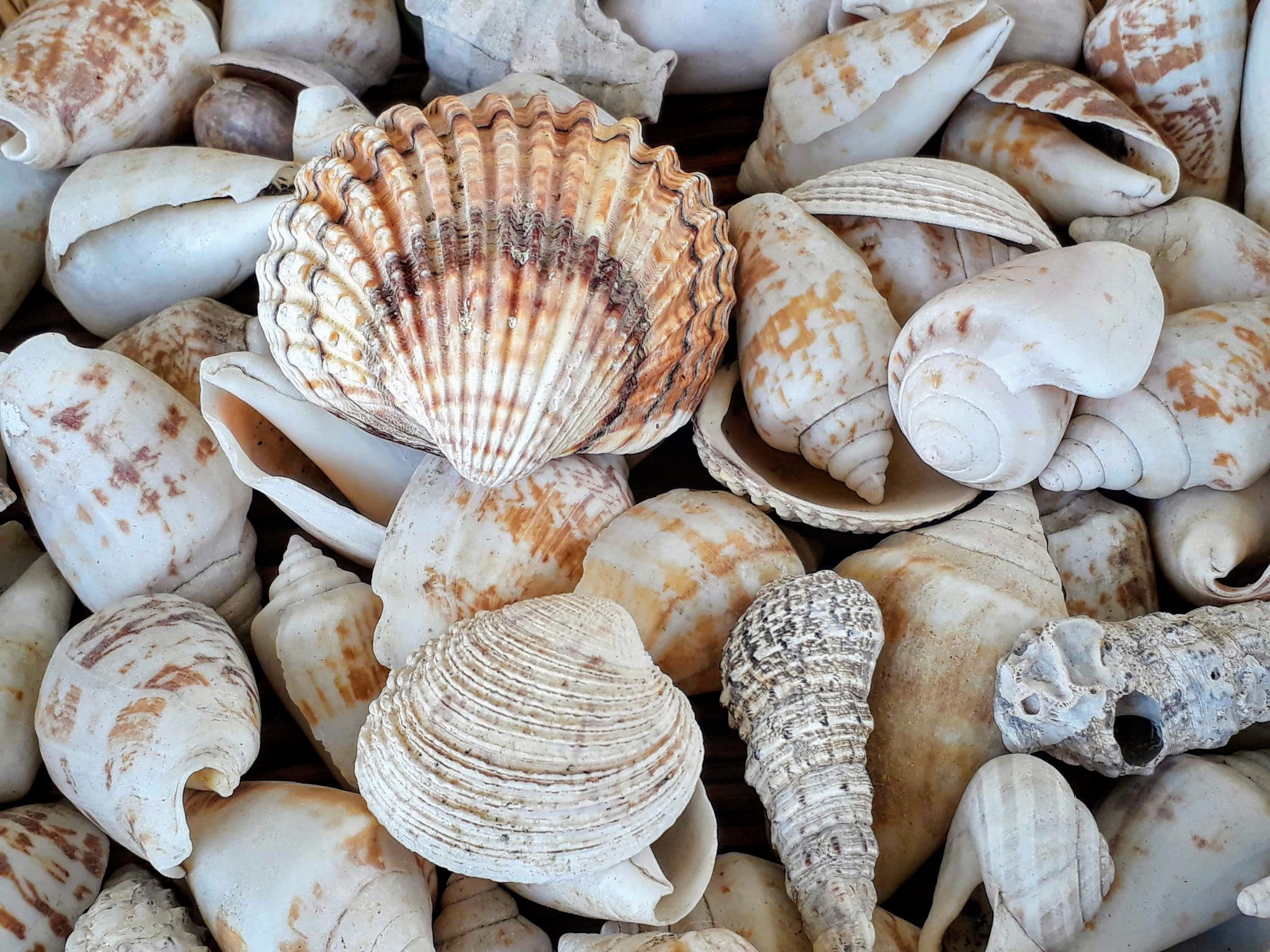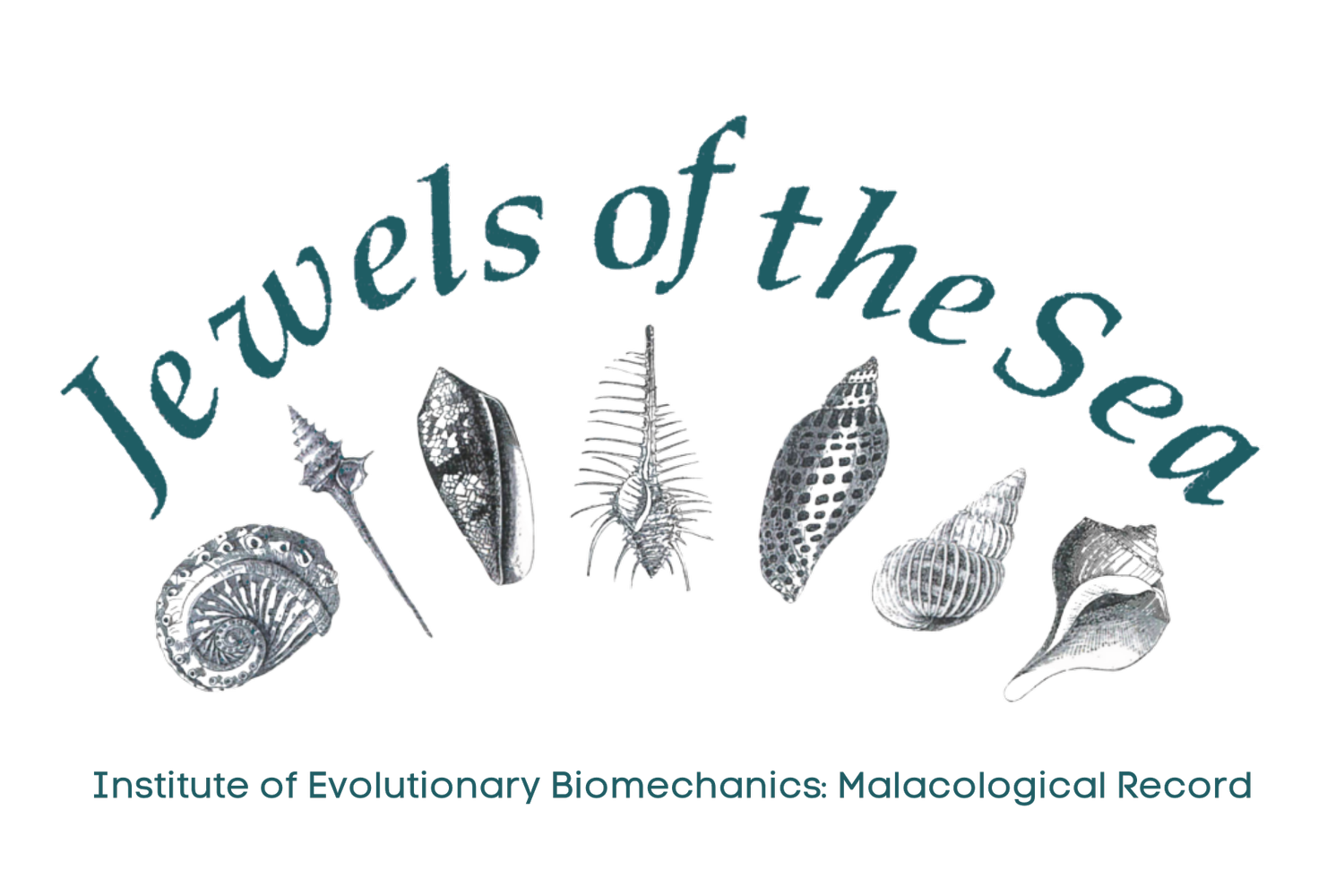
What are Seashells?
What are conchology and malacology?
Conchology is the study of seashells while malacology is the study of the animal and its seashell.
What are seashells?
A shell is a hard exterior (outside) coating or covering that in nature is produced or grown by a plant or animal to protect what is growing inside of it.
A seashell is an exoskeleton (bone on the outside) of molluscs — gastropods or univalves (snails) and bivalves (clams, oysters and the like), and a few other species (types of animals), like custrations (lobsters, crabs, etc.), seaworms, coral, and others.
How are seashells formed?
Mollusks, seaworms, and corals take in calcium and carbon, which form calcium carbonate, from the water and food around them and excrete it from pores in their mantle — the soft layer at the leading edge of their body to form the distinctive layers of shell to perform the different jobs that protect the animal inside.
Mollusks’ shells have 3 layers: the top or outer layer is the hardest layer that also contains the distinctive colors of the species. This does not include the prostucarum, a skin-like covering that many species grow as extra protection and camouflage in some environments. The middle layer is the thickest, a dense chalk-appearing support layer. The interior layer, with which the body of the animal is in constant contact, is smooth, “pearlized,” (also known as mother of pearl) so the soft body of the animal can extend and retract itself as it moves and feeds. The exceptions are hermit crabs which do not grow their own shell but find one that finds its body size. Shelled mollusks never leave their shell in life.
What animals have shells?
Insects have exoskeletons (also shells) grown from chitin, as well as shrimp and other crustations. (These shells are chitin combined with calcium carbonate.)
Reptiles like turtles have shells they grow from calcium. The shell is bone, like their skeleton.
Crocodilians (crocodiles and alligators) have bony plates grown from their skin to form a flexible shell.
Snakes and lizards grow a light, flexible shell of scales that is a continuous layer from which they must extricate themselves (take themselves out of) to grow. They “shed” this layer by scraping along ruff surfaces.
Crustaceans (crabs, shrimp, lobster, horseshoe crabs) must shed many shells as they grow and mature to adults. These animals split their shell and extricate themselves by pulling themselves out of the too-tight shell and having a new soft shell growing underneath, which expands to their new size and hardens in a few days.
Land, freshwater and ocean mollusks, chitons, seaworms, coral polyps, gastropods (snails), bivalves (animals with top and bottom shells, like clams, scallops, etc.), tubeworms, and corals, all grow their shells from calcium carbonate (CaCo) which is a slightly different combination of chemicals than our bones, evolved for a different environment and way to protect themselves
Where are seashells found?
Mollusks are found worldwide in environments which are moist (forests, yards, gardens, etc.) and waterworlds (lakes, streams, ponds, fresh water, and oceans). You can find them on most beaches, or shorelines from lakes and streambeds.
Note: There are no land clams.





